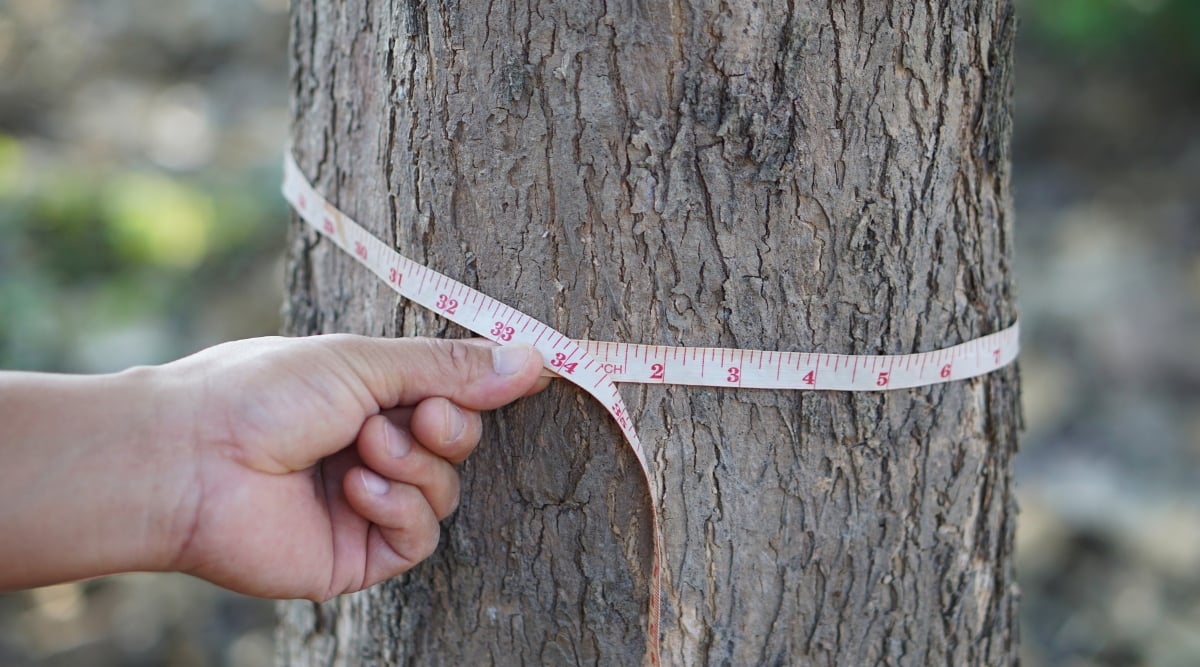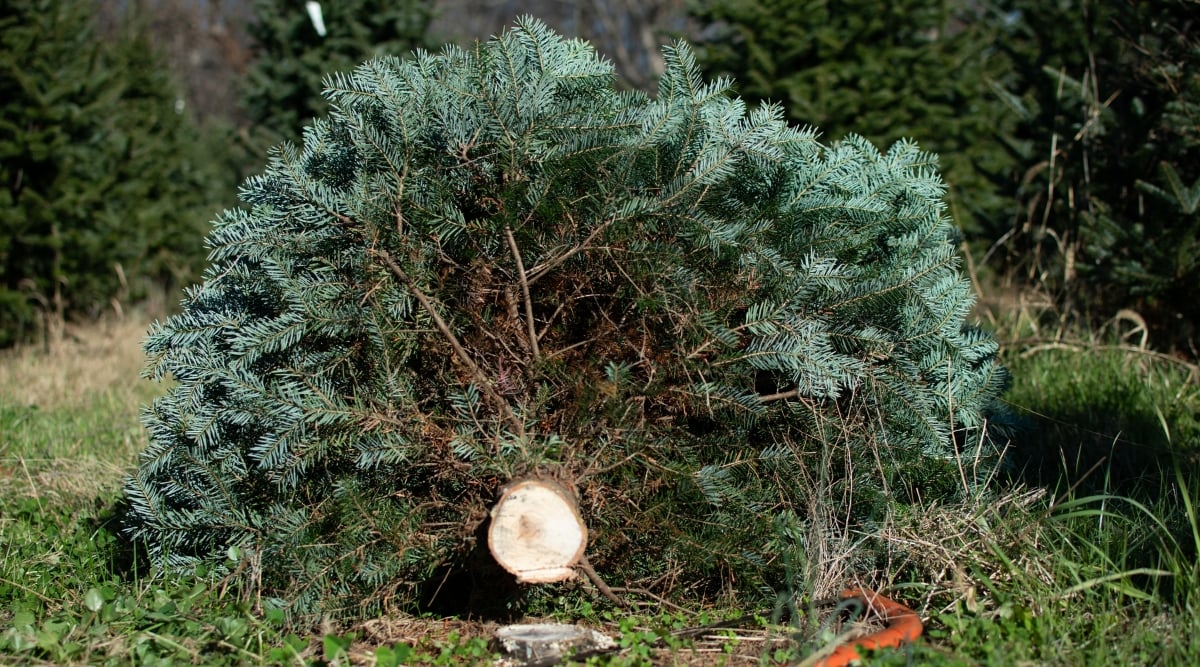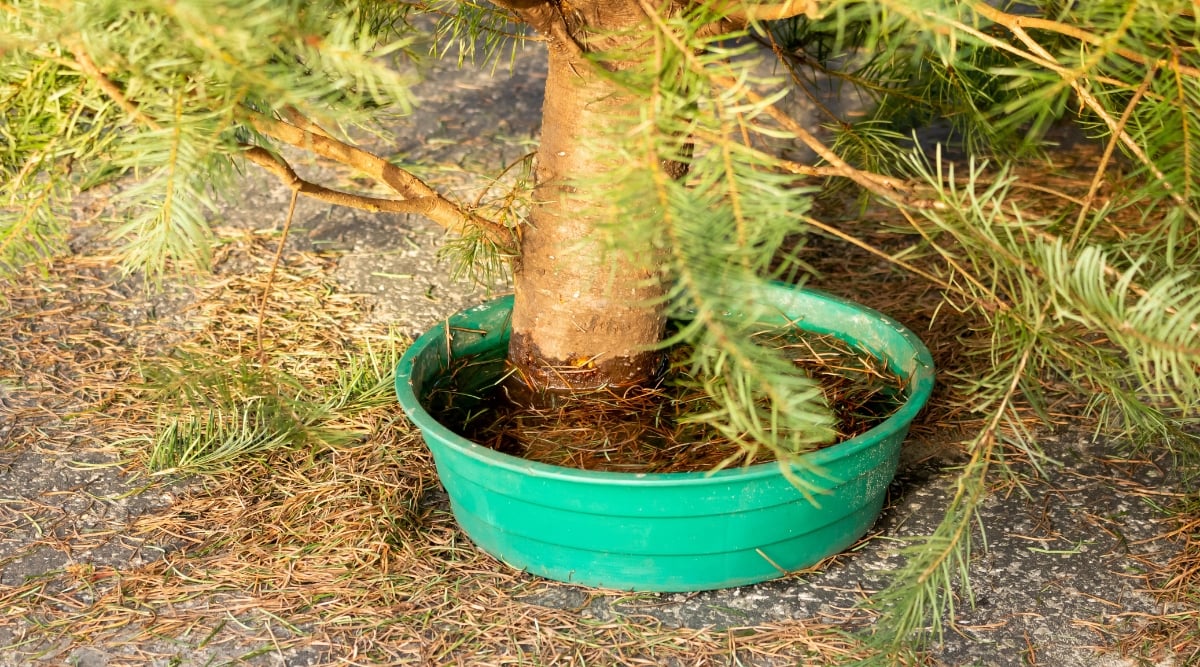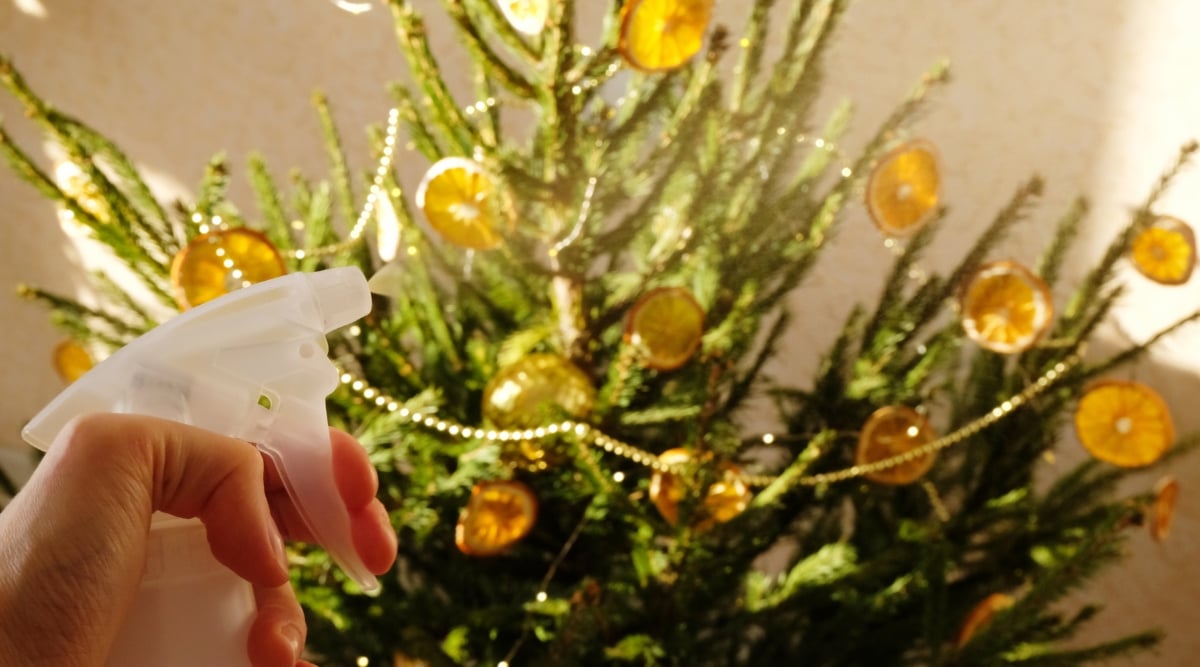Christmas trees are not complicated, and their care is pretty simple if you think of them like a cut flower rather than a tree in the woods. Occasionally, though, you may run into the issue of a tree refusing to drink water. In this event, it is important to do some troubleshooting.
If it won’t take in water, it will unlikely last very long. And let’s face it, Christmas trees can be pricey and time-consuming. You want them to last through the holidays! That means keeping it hydrated. A dry, brown Christmas tree drops messy needles all over your floor.
If the tree is set up in a proper-sized stand with the right amount of water but doesn’t seem to be drinking, there are ways to encourage it to hydrate. Let’s discuss what to do when your Christmas tree doesn’t seem to care about quenching its thirst.
The Short Answer
There are a few possible reasons why your tree is not drinking water. Initially, it could be an issue with sap deposits. It may need a fresh cut. Certain additives in the water can also inhibit uptake.
The Long Answer
 Calculate expected water consumption per day by measuring the trunk’s diameter.
Calculate expected water consumption per day by measuring the trunk’s diameter.
Before understanding why your tree isn’t drinking water, we must understand how much water it should be absorbing. If it isn’t very large and the stand has a large reservoir, it could drink less water than you expected.
The best way to determine how much water it should consume in a 24-hour period is to measure the trunk’s diameter. For every inch in diameter, your tree will need one quart of water per day. That means that a tree with a trunk that is four inches in diameter will need about a gallon of water daily.
It is especially important to get your tree taking in water on the day you bring it home. Just as with cut flowers, if a tree goes without water for 24 hours, it will decline rapidly. There are a few reasons why a tree might not be drinking.
Fresh Cut
 Freshly cutting a tree trunk improves water absorption and longevity.
Freshly cutting a tree trunk improves water absorption and longevity.
When you buy from the tree lot or other retailer, a good vendor gives the trunk a fresh cut before they send you home. If you consider how cut flowers work, this makes perfect sense. A fresh cut removes the trunk portion that has dried over and will no longer absorb water.
Depending on how long it takes to get the tree home and into your stand filled with water, you should make another fresh cut. If the tree is out of water and allowed to dry for about four hours, it needs a fresh cut. Don’t skip this step because it’s arduous getting that tree in and out of the stand.
That said, if you are here because it is already in the stand and/or decorated, things are a bit more complicated. Getting a fresh cut on a decorated tree is at least a two-person job, but it is the most effective way to solve the problem. I wish I could tell you there is some great trick to doing this, but if there is, I haven’t figured it out yet.
Hot Water
 Hot water for the first tree watering helps dissolve or loosen sap and encourages water uptake.
Hot water for the first tree watering helps dissolve or loosen sap and encourages water uptake.
If a tree does not take in water on the first day, the most likely culprit is a build-up of sap. When the tree trunk is cut, the tree sends sap there to seal the cut. When a limb is cut in the wild, it seals it over to prevent disease.
Trees have not yet evolved to know how to thrive as cut Christmas trees. We have to help them along. What should you do? Try watering with hot water.
Take this step when you first put the tree up, whether or not it has a drinking problem. When I say give it hot water, I mean boiling hot water. It may sound like you’re about to kill your tree. Don’t worry: there is a science to this method, and it’s pretty sound.
We talked about the tree sending sap to heal up the fresh cut that has been made. Hot water for the first watering softens up and dissolves the sap that may have formed on the cut. This clears the way for the tree to start drinking.
This should only be done the first time you water. Watering consistently with hot water is not good for the tree. Just once might be the answer to avoiding that awkward and difficult cutting situation. Give plenty of water for 24 hours before you worry about making a new cut. You might be pleasantly surprised.
Additives
 Christmas tree water additives are generally unnecessary and potentially harmful.
Christmas tree water additives are generally unnecessary and potentially harmful.
There are many tips out there regarding what you can add to your Christmas tree water to make it last longer. I’m sure they are all well-intentioned, but for the most part, they are unnecessary, and some of them can not only inhibit water uptake but cause dehydration.
You may have heard that bleach will help disinfect your tree, dissolve that sap cover, or otherwise benefit it. The reality is that bleach will kill plant tissue and shorten the life of your tree. Other sources say to give it a stiff drink, but alcohol is dehydrating, so I can’t recommend that either.
Aspirin and lemon juice are unlikely to cause any damage and could possibly acidify the water, which evergreens generally appreciate. However, just because a plant likes acidic soil doesn’t mean it likes an acidic environment once cut. Acidity in soil helps break down the nutrients already in the soil. Without the soil, it isn’t necessarily helpful.
A little bit of flower food might be helpful to provide some nutrients, but that isn’t needed either. When it comes down to it, plain tap water is truly all your tree needs. If the trunk is taking in plain water, well, it is best to just stick to the basics.
Final Thoughts
Keeping your Christmas tree green and healthy through the holidays is always our main objective, so when the tree isn’t drinking, troubleshooting is a good idea. As with most things plant-related, it is best to keep things simple. Always give the trunk a fresh cut before putting it in the stand, and give it plenty of plain tap water to drink.



